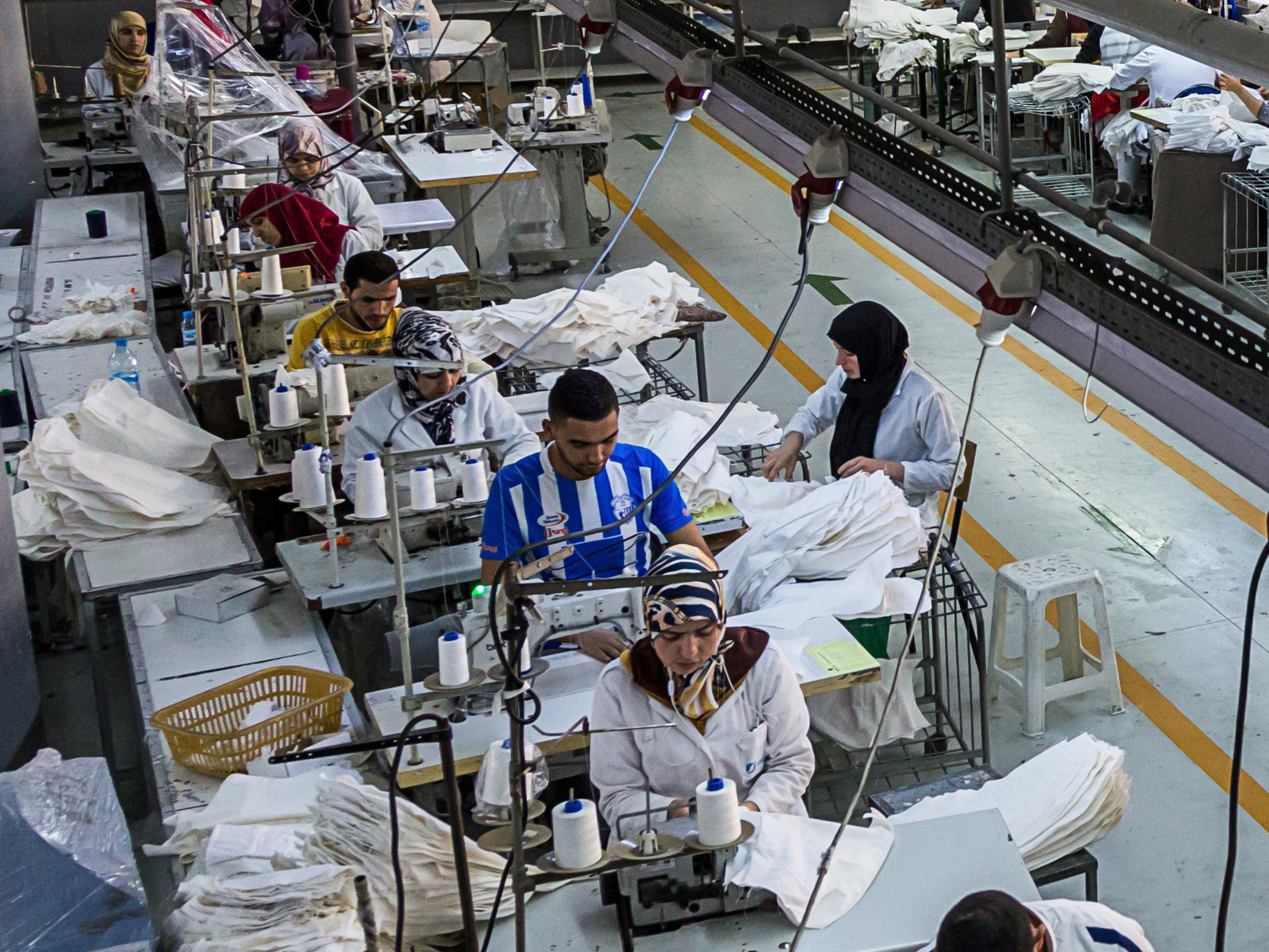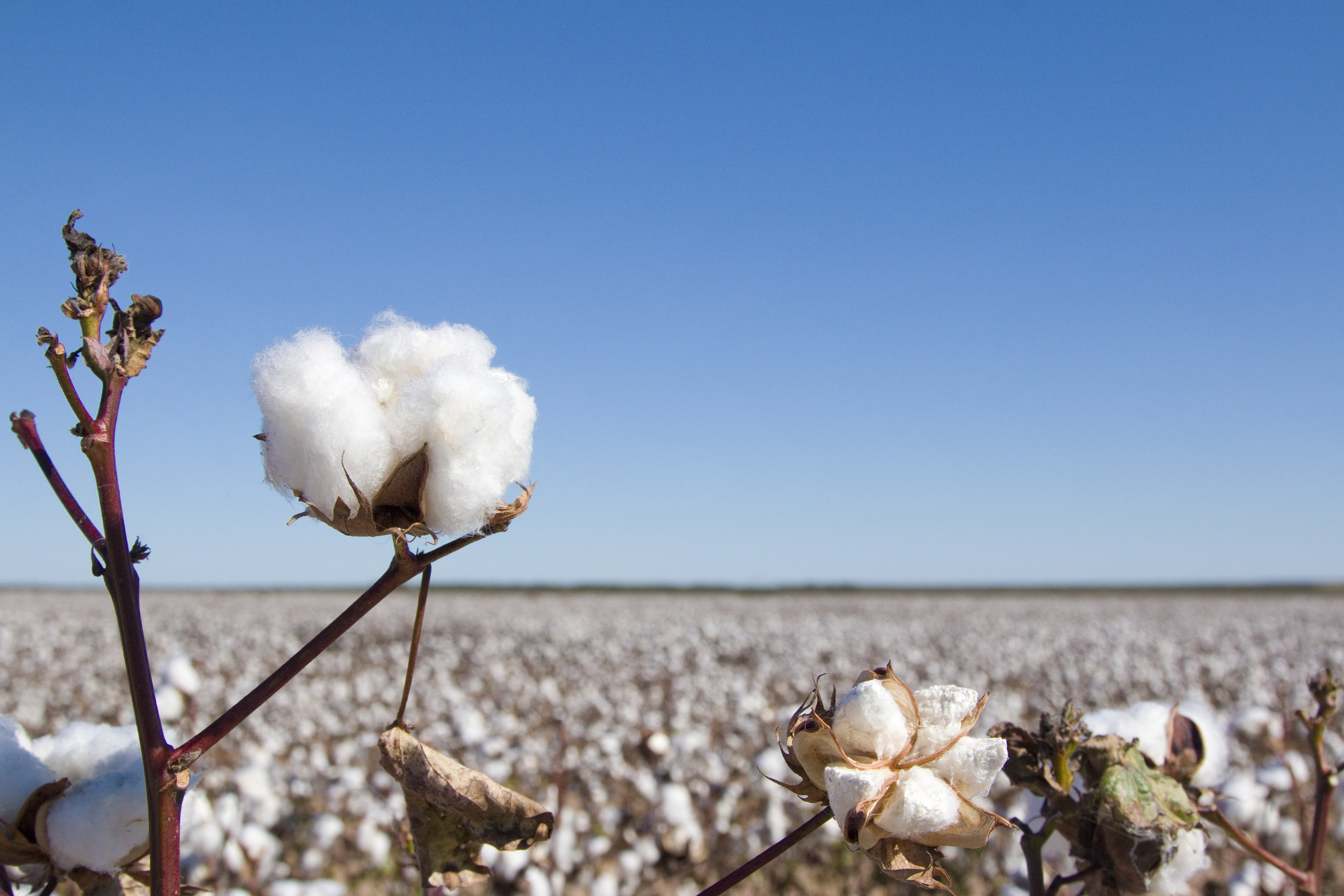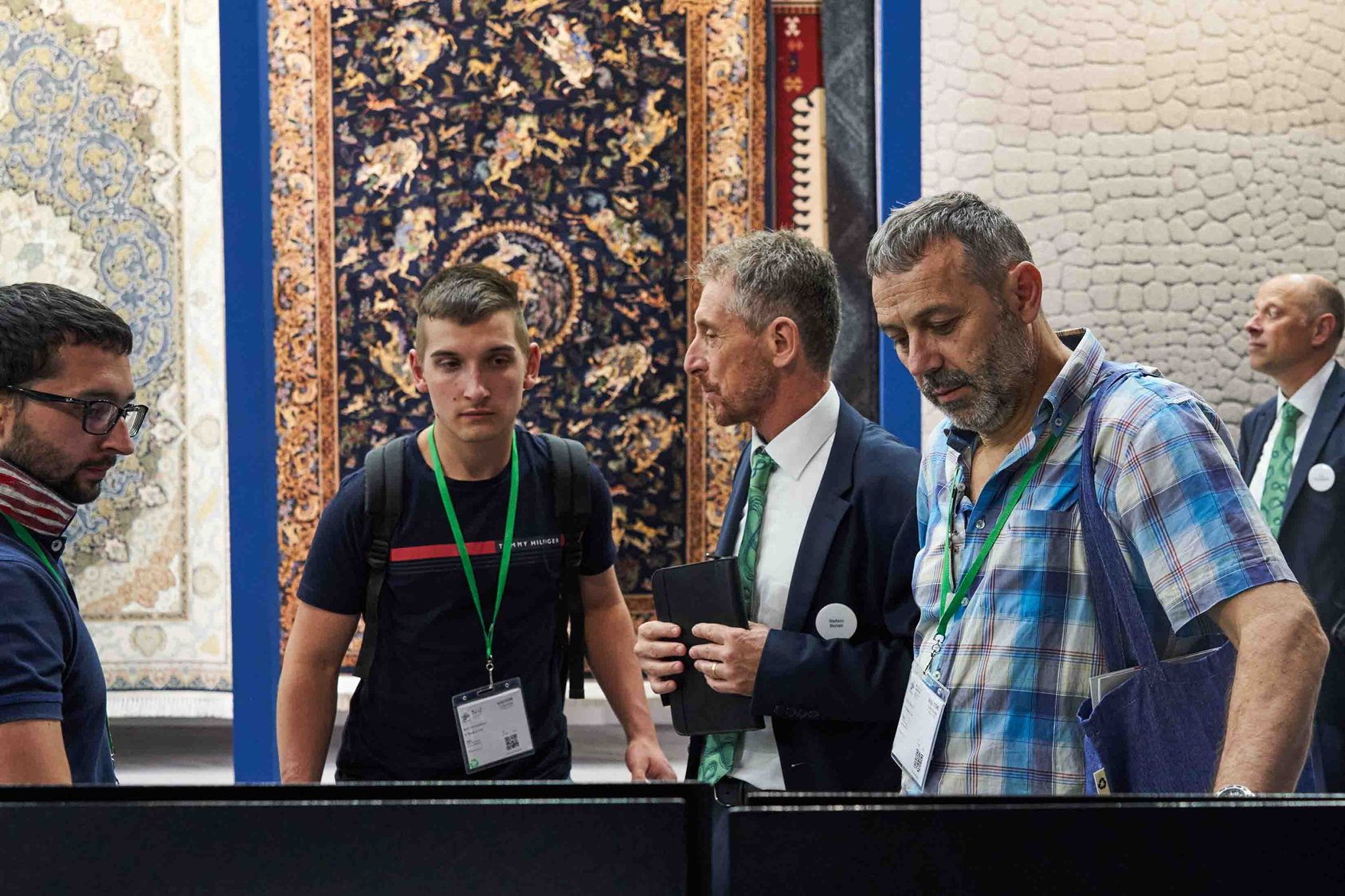28 - 31 October 2025 | Singapore Expo
Blog
Discover trending topics that are propelling the industry
Textile industry driving modernisation in the Middle East

The ancient civilisations of Egypt, Mesopotamia and Persia all developed sophisticated techniques for spinning, dyeing and weaving textiles which laid the groundwork for the rich textile traditions of the Middle East that followed.
Today, textile manufacturing in the region is dynamic and diverse and countries including Egypt, Iran, Jordan, Saudi Arabia and the UAE are all looking to expand, as well as attract investment in new ventures by offering a broad range of incentives.
Investment hotbed

Egyptian long fibre cotton is famous for enabling the production of exceptionally soft and durable fabrics and the country’s government is currently promoting several initiatives to modernise the textile sector to boost exports and compete globally.
The country is currently a hotbed for investment projects, including the inauguration of the huge Cotton and Textile Industries Holding complex in the city of Mahalla al-Kubra this year.
The company is investing in various parts of the textile production chain, and many European textile machinery manufacturers are involved in providing the latest technologies, from spinning to finishing.
Established on a 62,500-square-metre area, the vertically integrated plant has over 182,000 spindles with a daily production capacity of 30 tons of yarns that will be fully converted into an annual 50 million garments on site.
Mahmoud Esmat, Egypt’s minister for public business sector has said that a bundle of investment opportunities in the country’s affiliated firms are currently available for partnerships with the private sector.
Weaving an advantage
The textile industry in Iran is a vital part of the country’s economy and a key contributor to employment, with deep historical roots and significant potential for future growth. The country’s textile exports, primarily to Iraq, Afghanistan and Russia had a value of US$560 million in 2023. Weaving machinery manufacturers could find a significant new market in Iran in the next few years, according to the Association of Iran Textile Industries (AITI). The association is currently advocating for Iran’s government to support investment in weaving units, which in turn would spur further investment in the spinning and dyeing and finishing sectors.
AITI secretary Shojaeddin Emami Rauf said, “With the right support and investment, Iran’s textile industry has the capacity to increase exports by three-to-four times its current levels.”
The textile industry in Iran now stands at a crossroads but by embracing modernisation and sustainability, it has the opportunity to become a leading player in the global textile market today.

US market access
Jordan’s textile industry has grown significantly, particularly due to its Qualifying Industrial Zones (QIZs) which provide manufacturers with duty-free access to the US market.
The country is known for its garment manufacturing, with factories producing clothing for major international brands and its exports of textile and garments have doubled over the past decade to more than US$2 billion in 2023.
In 2022, Jordan’s government introduced a 10-year economic modernisation plan aiming to bolster job opportunities, income levels and the country's international standing by investing in high-value industries and sustainable technologies.
Billion-dollar infrastructure
According to the Saudi Authority for Industrial Cities and Technology Zones (MODON), over US$1 billion has recently been invested in Saudi Arabia’s textile industry. This funding has been distributed over 125 industrial contracts in 19 industrial cities, covering a total area of more than one million square metres.
“The industrial sector is going through remarkable developments thanks to the support and facilitation provided by the Saudi leadership to invest in value-added projects,” said MODON CEO Majed Al-Argoubi. “The textile sector is an attractive area for investment because most of its raw materials are sourced domestically.”
Among investment projects, MODON is currently establishing 14 warehouses in Jeddah based on smart automated systems. These will provide quick and temporary logistical solutions to support industrialists and entrepreneurs as well as stimulate investment in the retail sector.
Saudi Arabia is already advanced in the production of synthetic fibres and nonwovens based on its leading position in oil production.
Free zones
The UAE is emerging as a significant player in the textile and apparel industry, building on its strategic location and notably, the establishment of free zones which offer tax incentives, modern facilities and easy access to global markets.
The country is located at the crossroads of Europe, Asia and Africa, making it an ideal hub for trade and logistics.
The Jebel Ali Free Zone – the largest of its kind in the world – has already attracted numerous textile manufacturers among its more than 10,000 businesses who are contributing significantly to the GDP of Dubai. These businesses combined generated US$168.6 billion in trade value in 2023.
The UAE, and particularly Dubai, has also become a hub for luxury fashion brands and high-end textile products and the city hosts several textile trade shows, fostering connections between local producers and international buyers.
Driving industrialisation
Beyond its economic and cultural significance, the textile industry is a major source of employment in the Middle East. In addition, it has driven industrialisation and modernisation and fostered skills development and technological advancement within the region.
Moving forward, textile manufacturers across the Middle East are now looking to improve their competitiveness through the adoption of advanced and sustainable textile technologies.
















